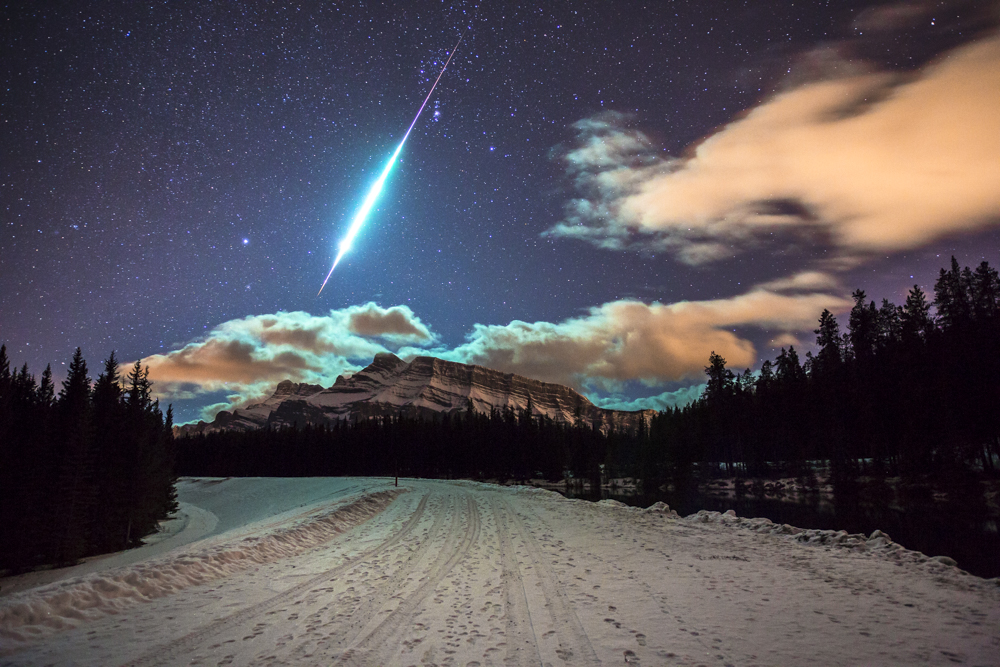To provide the best experiences, we and our partners use technologies like cookies to store and/or access device information. Consenting to these technologies will allow us and our partners to process personal data such as browsing behavior or unique IDs on this site and show (non-) personalized ads. Not consenting or withdrawing consent, may adversely affect certain features and functions.
Click below to consent to the above or make granular choices. Your choices will be applied to this site only. You can change your settings at any time, including withdrawing your consent, by using the toggles on the Cookie Policy, or by clicking on the manage consent button at the bottom of the screen.
The technical storage or access is strictly necessary for the legitimate purpose of enabling the use of a specific service explicitly requested by the subscriber or user, or for the sole purpose of carrying out the transmission of a communication over an electronic communications network.
The technical storage or access is necessary for the legitimate purpose of storing preferences that are not requested by the subscriber or user.
The technical storage or access that is used exclusively for statistical purposes.
The technical storage or access that is used exclusively for anonymous statistical purposes. Without a subpoena, voluntary compliance on the part of your Internet Service Provider, or additional records from a third party, information stored or retrieved for this purpose alone cannot usually be used to identify you.
The technical storage or access is required to create user profiles to send advertising, or to track the user on a website or across several websites for similar marketing purposes.

 9
9
Comments
ali matinfar
January 2, 2015 at 10:19 am
Lucky shot!
You must be logged in to post a comment.
BAbernethyPost Author
January 2, 2015 at 11:17 am
Thanks!
I was thinking the same until I considered how many late nights and how much research I have put into this art/hobby. This was taken at 1:30AM when most are asleep. lol!
You must be logged in to post a comment.
January 3, 2015 at 10:45 am
I was just thinking about how much effort you have put in, to share this wonderful moment with us. Congrats. Have a great 2015.
You must be logged in to post a comment.
January 2, 2015 at 6:41 pm
Wasn't it an iridium flare?
You must be logged in to post a comment.
BAbernethyPost Author
January 2, 2015 at 10:36 pm
Iridium Flares have a few notable differences. In this case factors such as the speed, magnitude of light and fragmentation definitely come into play. This fireball went across the sky very quicky - in a matter of a second or less - compared to iridium flares which are slower than the slowest meteor. An iridium flare at best is as bright as 1/4 of the moon - this was extremely bright - it lit up the entire area. In fact when you manage to photograph an iridium flare you are often surprised that you caught one(I have never seen one with the naked eye - only on camera). And the fireball broke up into at least 3 fragments before fading away - also not characteristic of iridium flares. Also, the size of the object relative to the mountain for example is much bigger than what you would see from an iridium flare. For comparison google "iridium flare images" and find a shot that has a subject in the horizon with an iridium flare. You will see that iridium flares are small gashes of reflected light relative to what we see here.
More than you wanted to know?
Thanks,
Brett
You must be logged in to post a comment.
Rusty Moore
January 3, 2015 at 3:05 pm
Plus, the light curve of an Iridium flare is smooth, while this shows irregularity in the brightness as the object moved through the sky, which is what you get when meteors fragment.
You must be logged in to post a comment.
BAbernethyPost Author
January 4, 2015 at 5:12 pm
Yes, Excellent point! The irregularity is directly related to it breaking up in the atmosphere.
Thanks.
You must be logged in to post a comment.
jaime
January 3, 2015 at 2:21 am
Could have being a spacial garbage ??; very lucky to seei, and luckier go give an excelent shot, for us; lucky to see it through your pic.
You must be logged in to post a comment.
January 5, 2015 at 11:04 am
Stunning photograph - especially the illumination of the clouds. Very unlikely to be a Geminid, however, as the track isn't right; this fireball appears to originate from Taurus area rather than Castor / Pollux, the starts adjacent to the Geminid radiant much further east.
You must be logged in to post a comment.
You must be logged in to post a comment.